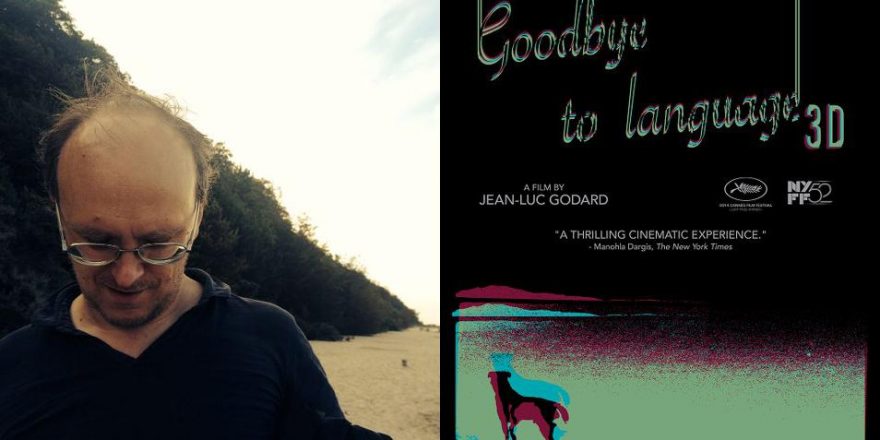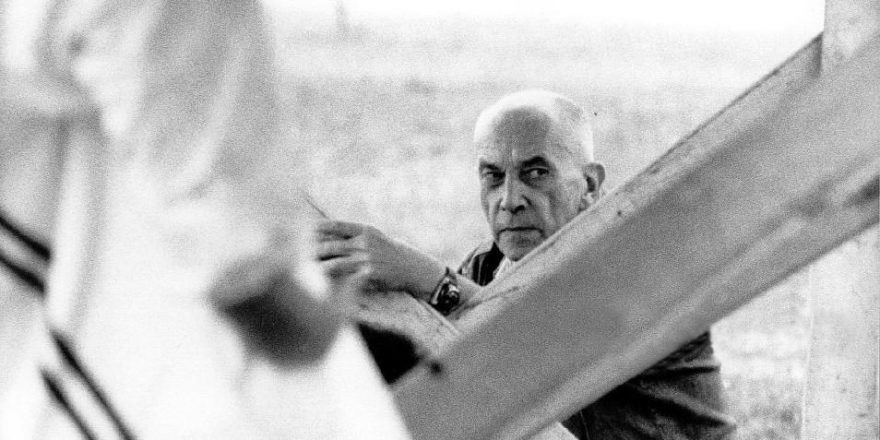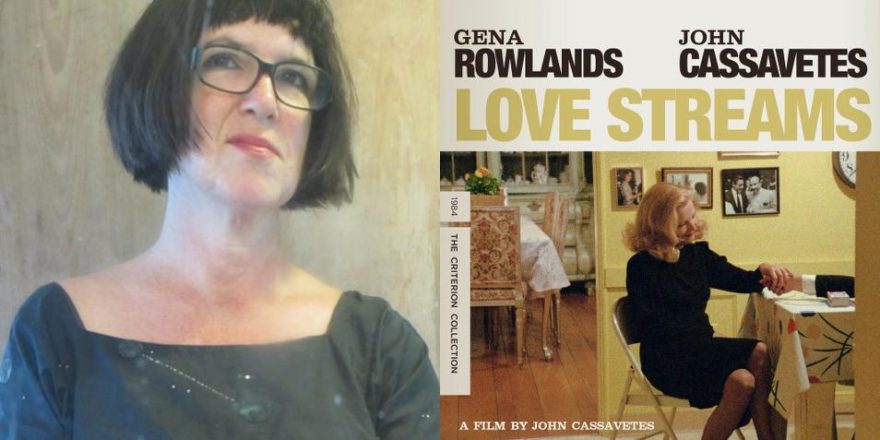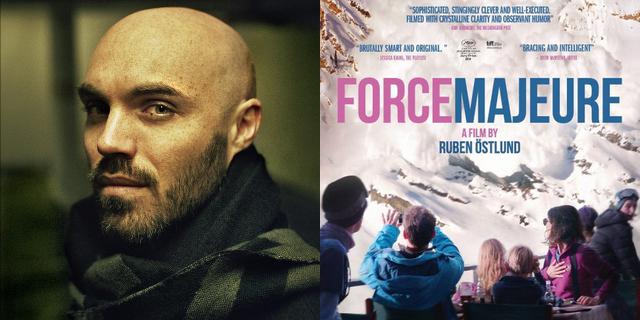There’s not enough said about those things that cannot be spoken about. Nor, perhaps, are there enough films made by people in their eighties.
One aspect of Jean-Luc Godard’s work that has always fascinated me is the way in which he has used Roberto Rossellini’s landmark 1954 film Journey to Italy to develop a model for making narrative films that could simultaneously function as essay films. I see most of Godard’s work in the ’60s as essentially working from the template of this key film. As a narrative structure pulls details into a whirlpool of meaning, countervailing “essay” material pulls simultaneously in the opposite direction, producing a surplus of details (ethnographic, sociological, anthropological) that disperse themselves and create meaning only through accumulation.
In Godard’s later, less “popular” films, the ratio was reversed: instead of a fictional story pulling us into its web, surrounded by a documentary about “our world,” the world is central in the later work, and the barest bones of a fictional story are only there to give us a means to relate to it.
A comedy of sorts about human attempts to communicate in the face of pure impossibility, Godard’s latest feature, Goodbye to Language, contains the barest of narratives: a couple, played by Héloise Godet and Kamel Abdeli, try to negotiate a relationship that’s doomed to failure because it is trapped in language. At one point, they even seem to consider bringing their dog into the game: if you look into anyone’s eyes for long enough, you must inevitably develop a language. In the end, they opt for a baby, that creature which has access to being and an ability to communicate, and which can bring them to life for a short time until, inevitably, it also joins their game.
As in most of Godard’s recent work, this fictional narrative occupies only a small part of the film, providing a place to get one’s bearings. The bulk of Goodbye to Language is an exploration of or, maybe better, a musing on the role that language plays in creating both our possibilities for communication and the impossibility of love and the inevitability of conflict. Nature, embodied by Godard’s family dog Roxie, stands for the possibility of direct experience, and of love.
Asked in an interview whether the film had a message, Godard replied, “No. No idea of a message. It’s like children with their first bicycle: ‘Look, Mom, no hands!’”
And in fact, as an essay, it is kind of insane: a pure accumulation of images and language, quotes (and misquotes) that rush by at twice the speed of a screwball comedy. You’d be lucky to catch a third of it. It’s as though the contrarian has finally accepted that cinema has a basis in literature, but asks why Dickens and Austen and not James Joyce? An explosion of thoughts and ideas and images and experiences on the level of Ulysses is at the heart of this venture. The use of 3D with this explosion of images is what makes this film by an 83-year-old seem so much younger and freer than most films by directors in their twenties.
The element of texture — so central to Godard’s films of the ’60s and ’70s, with their beautiful black-and-white cinematography using available light, and direct sound filled with interruptions and traffic — had essentially disappeared from his work in the last couple decades. However, it is gloriously resurrected here in the inspired use of lo-res 3D, shot on seven different consumer or pro-sumer camera systems ranging from Canon 5Ds to GoPros, often handheld. The effect of the 3D thrown at you in different formats, with wildly varying color palettes and resolutions, is both disorienting and invigorating, a sensual experience of texture combined with Godard’s typically rich and discordant use of sound.
Since Godard is using 3D to film everyday life instead of spectacle, the effect is to make the normal seem strange and beautiful again, both familiar and as if you were seeing it for the first time: people waiting for a bus or a train, hands being washed in a pool of leaves, headlights through a windshield while driving in the rain, the POV of someone taking a shower. I was particularly struck by a shot of people looking at their iPhones — something I haven’t found fascinating in quite a long time. Like the cinematography in Godard’s early films, the 3D in Goodbye to Language provides plenty of space for the experience of nature and the everyday, a space outside language.
In his films of the 1990s, Godard seemed to follow Rossellini again, away from the particulars of material reality and into a more abstract philosophical space; the world no longer existed in his films except as a reference. These works were still brilliant but somehow more general and less vital for me. In this, his 127th project, he’s returned to the world with a vengeance.
The first time I saw Godard speak after a screening of one of his films, someone asked the inevitable question about his well-documented friendship and then break with François Truffaut. His answer was that the difference between them came down to this: Truffaut was an orphan, and needed to use his films to be loved, whereas Godard, already a hit with his uncles and aunts, could be more free with his work.
Vive la liberté. Or as he would say: if you’re going to film your day, don’t film it as the police would.







